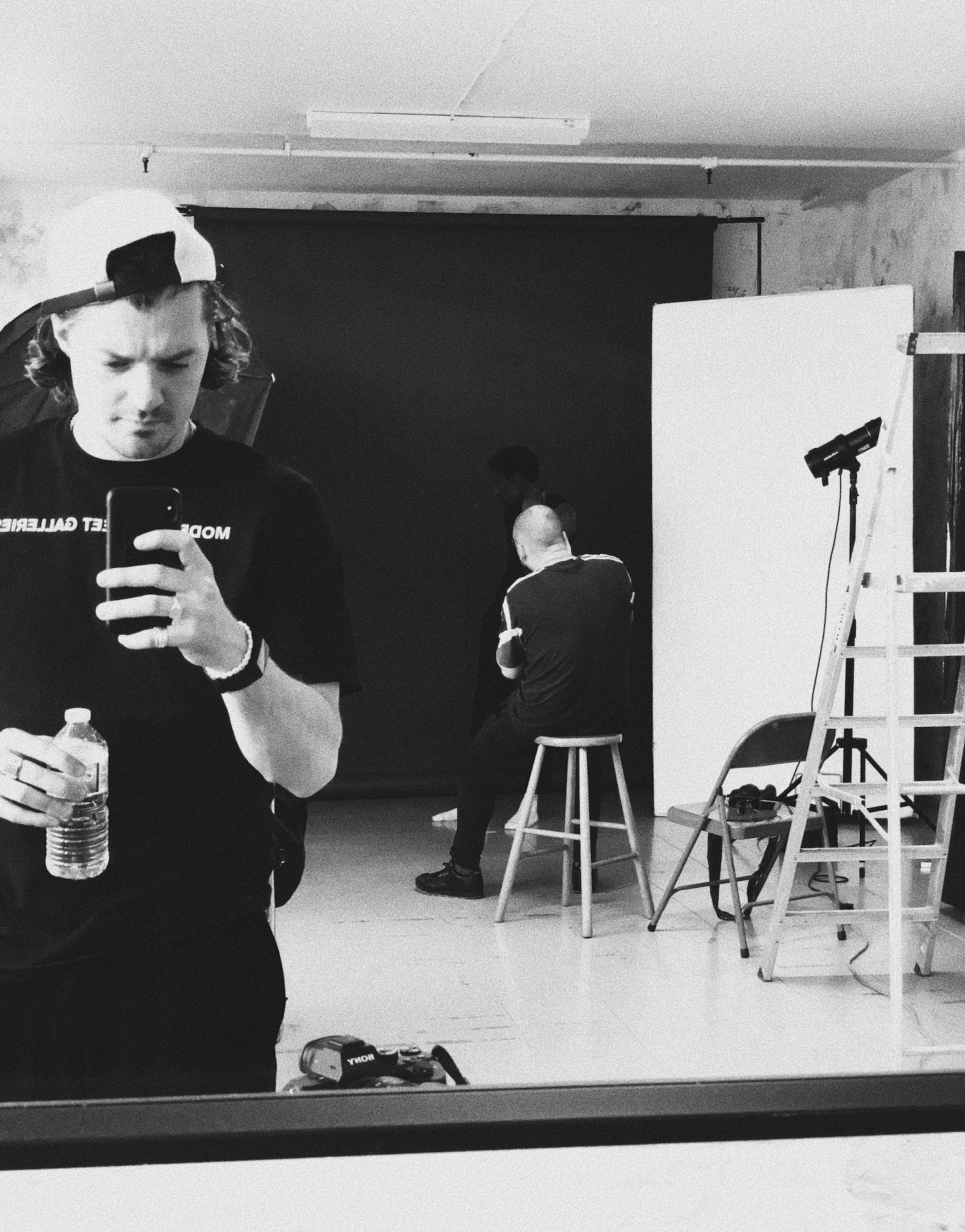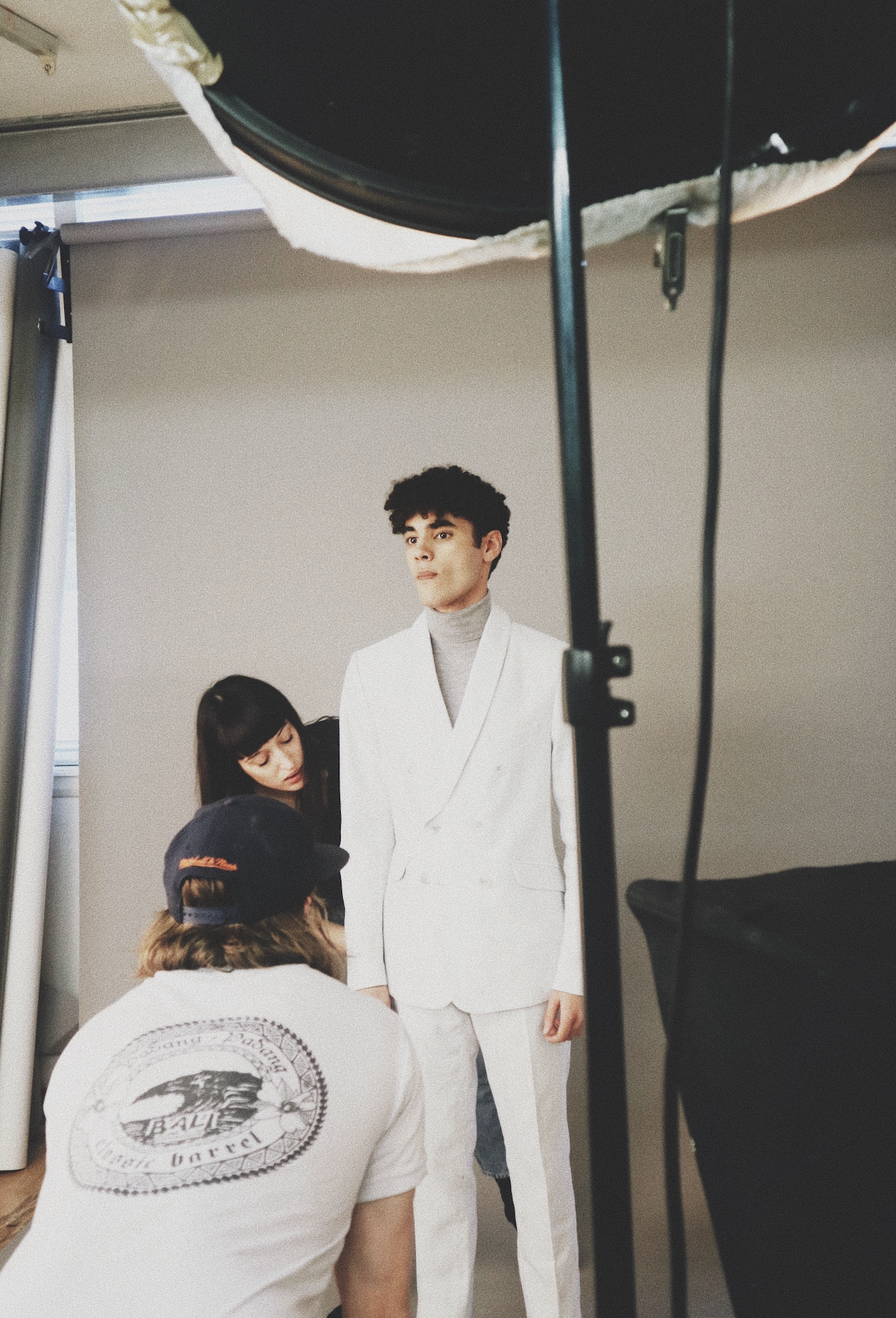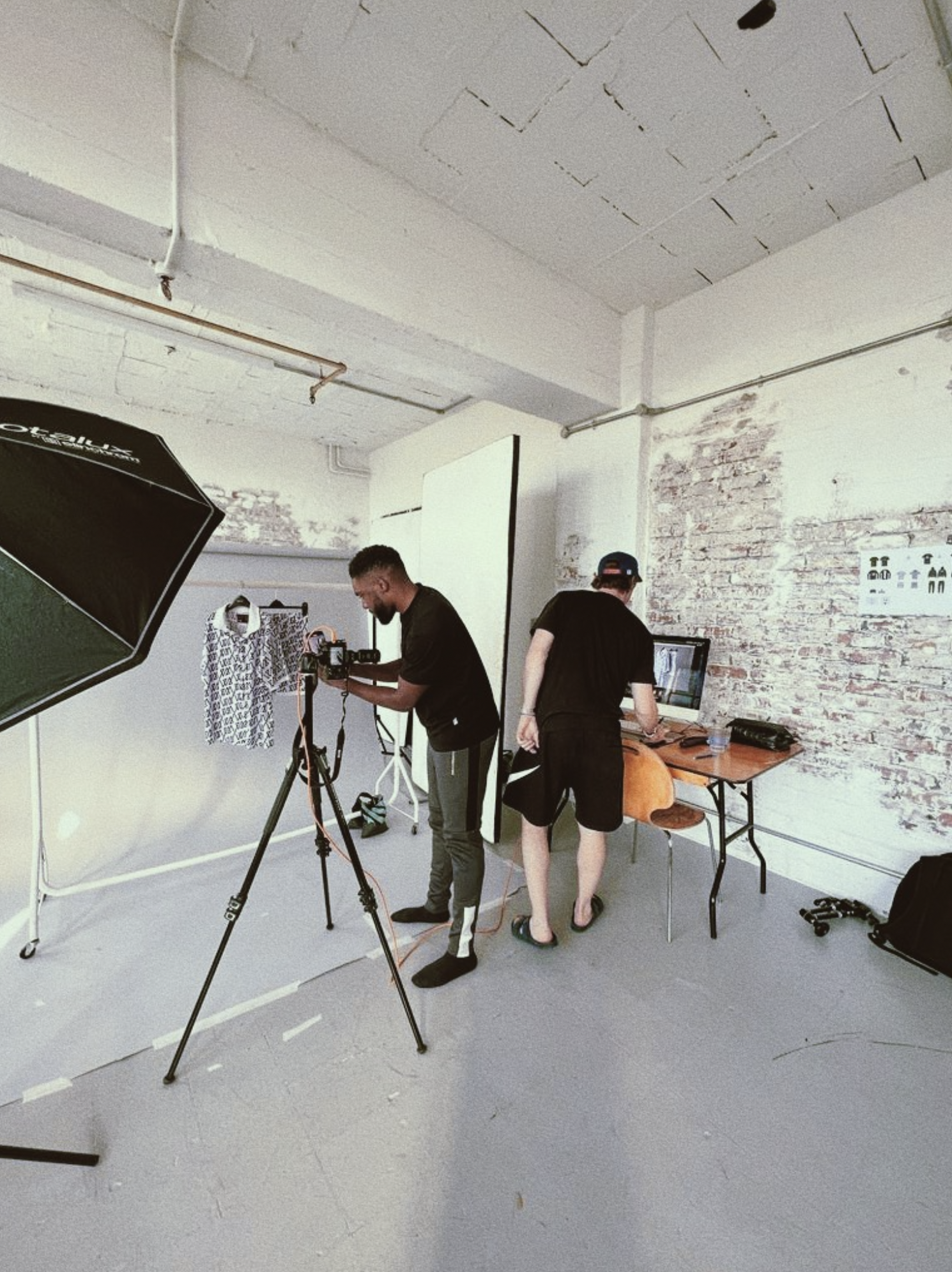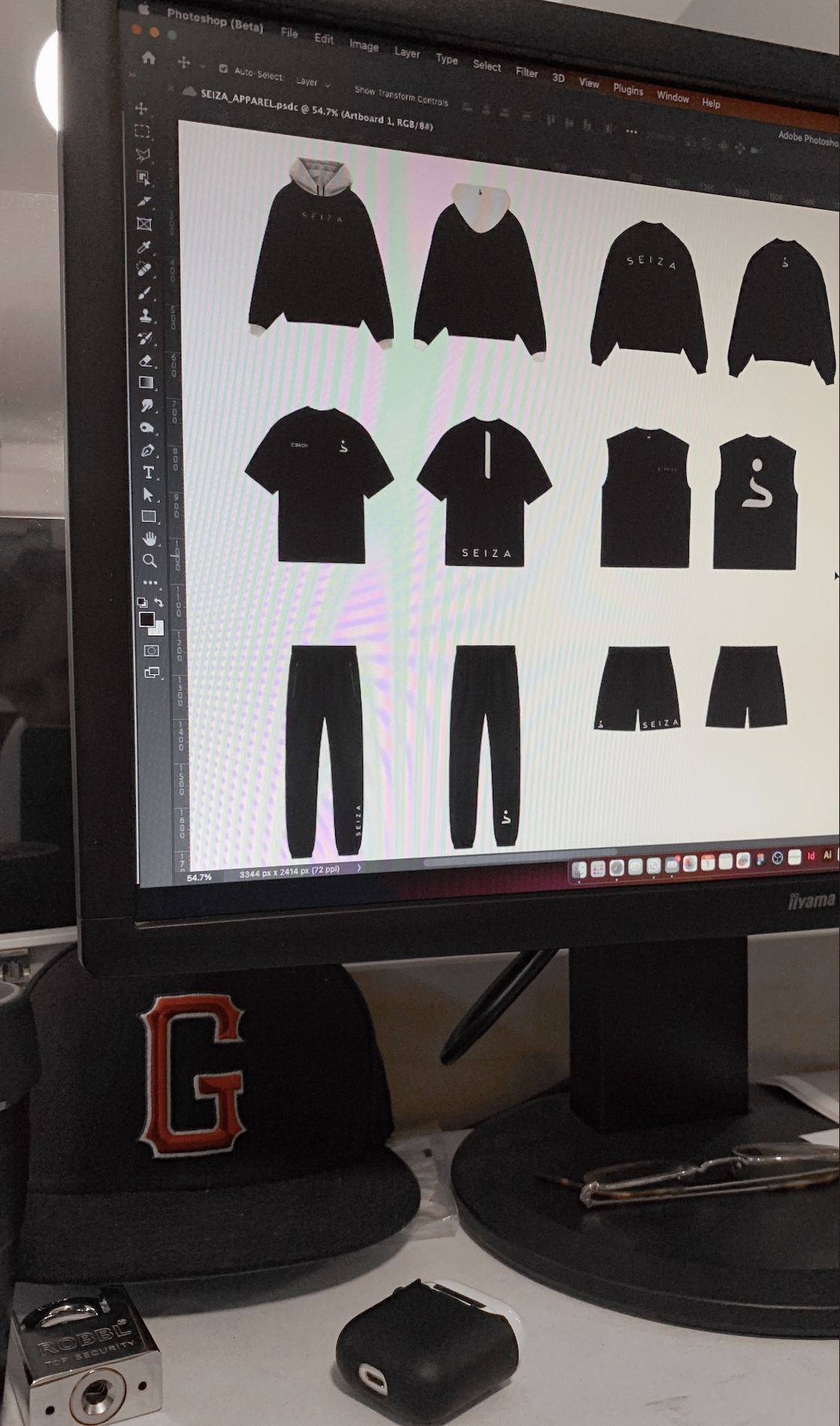does a Creative Director design?
In the ever-evolving landscape of the creative industry, the role of a Creative Director stands out as a dynamic and multifaceted position. Often considered the visionary leader of a creative team, the Creative Director plays a pivotal role in shaping the aesthetic direction of a project. However, the question arises: does a Creative Director design? Let's explore the positive and pain points associated with this intriguing aspect of their responsibilities.
Positive Points
1. Visionary Leadership: Creative Directors are the architects of a project's overarching vision. They set the creative direction, ensuring that the design elements align with the brand identity and messaging objectives. Their ability to conceptualise and communicate a vision is crucial in guiding the team towards a cohesive and impactful outcome.
2. Strategic Decision-Making: Creative Directors are not just designers; they are strategic thinkers. They understand market trends, consumer behavior, and the overall business goals. This holistic perspective allows them to make informed decisions that go beyond aesthetics, contributing to the project's success in a broader business context.
3. Team Collaboration: While not always hands-on with design tools, Creative Directors collaborate closely with designers and other creatives. They provide guidance, feedback, and constructive criticism, fostering an environment that encourages innovation and excellence. Their role is to empower the team to bring the vision to life.
Pain Points
1. Balancing Act: One of the challenges Creative Directors face is finding the balance between overseeing the creative process and getting involved in the nitty-gritty of design. Striking this balance is crucial; too much involvement can stifle the team's creativity, while too little can lead to a lack of direction.
2. Time Constraints: The dual responsibilities of envisioning a project and managing a team can be time-consuming. Creative Directors often find themselves juggling multiple projects simultaneously, leaving them with limited time for hands-on design work. This can be frustrating for those who have a deep passion for the creative process.
3. Maintaining Relevance: As the creative landscape evolves, Creative Directors must stay abreast of emerging trends and technologies. Remaining relevant in an ever-changing industry can be challenging, requiring continuous learning and adaptation to ensure the vision they set aligns with contemporary aesthetics and consumer preferences.
In conclusion, while a Creative Director's primary focus is on directing and leading a team, their involvement in the design process varies. The positive aspects revolve around their visionary leadership and strategic decision-making, while the pain points center on the delicate balance required and the challenges of staying hands-on. Ultimately, the success of a Creative Director lies in their ability to navigate these complexities, steering the creative ship towards innovative and impactful outcomes.



